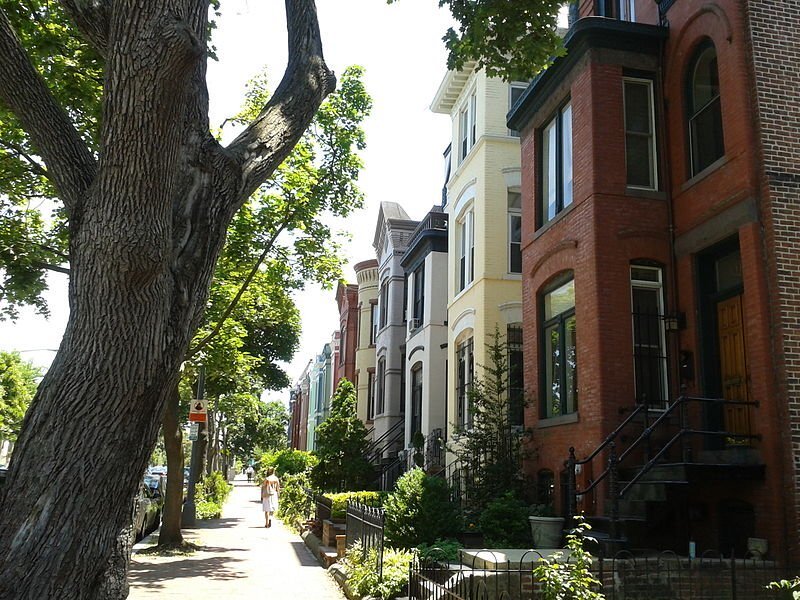
We are excited to announce that we’ve finally launched a new version of our hard money calculator. We wanted to create a new version because we felt that all existing hard money calculators (including our old version) fall short of what our borrowers really need. They are clunky, difficult to use, and the results might be challenging to interpret. In addition, all of them look the same – as if they were copied from the same place.
We wanted our hard money calculator to be different. Our first requirement was an intuitive interface. Many newer borrowers do not consider all costs associated with buying, rehabbing, and selling an investment property. Our goal was to educate them that calculating your profits is more complex than subtracting the purchase price and the renovation costs from the after-repair value of the property. Even borrowers with experience and sophistication often neglect to account for some expenses – overestimating their projected profit as a result.
 New Funding Resources
New Funding Resources 









